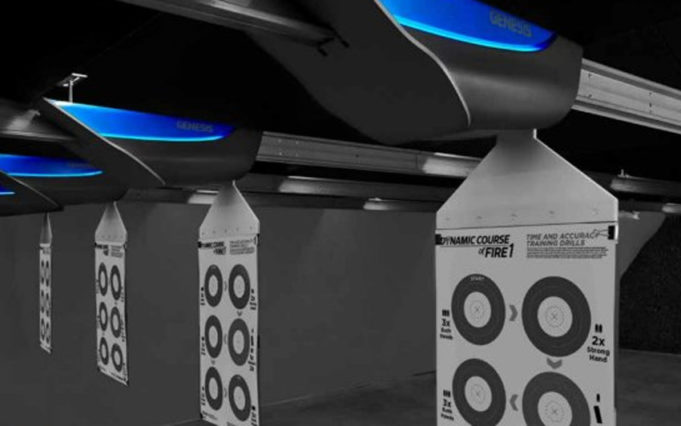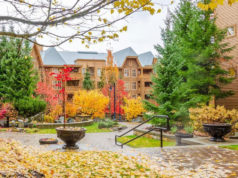Designing a commercial shooting range requires both precision and care from the earliest planning stages. Owners must ensure that every component—from layout to materials—meets strict safety and legal demands. A well‑designed range helps reduce liability, protect users, and maintain smooth operations. It also reinforces public trust and makes inspections easier. Incorporating range safety and compliance solutions early in design ensures you don’t end up retrofitting costly fixes or running afoul of regulators. A thoughtful design builds confidence among staff, shooters, and regulators alike. The right strategy brings both safety and business value into one efficient space.
Planning for Safety From the Ground Up
To begin, many successful range developers partner with specialized firms during the planning phase. These consultants understand the balance between optimal traffic flow and ballistic safety. They help integrate equipment, ventilation, lighting, and containment into one cohesive system. Their expertise ensures the facility meets local, state, and federal rules without sacrificing usability. Early professional input avoids conflicts between architectural aesthetics and functional safety demands. This step helps avoid delays, change orders, and code violations. A range built with safety in mind from day one is far easier to manage. Smart design now means fewer issues later.
Ballistic Containment Is the Core of Protection
Ballistic containment forms the heart of safe range design. Overhead baffles, backstop traps, and side walls must use tested, rated materials so stray rounds cannot escape into unintended areas. The geometry of the shooting lanes must maintain clear lines of fire, and materials must resist degradation from constant impact. Trap systems should safely collect spent rounds and allow lead to be removed under controlled, compliant conditions. Indoor ranges especially need full containment to protect neighboring spaces. Every part of the shooting lane must absorb or redirect energy safely. Poor containment can lead to serious safety hazards.
Air Quality and Ventilation Are Non-Negotiable
Ventilation is the next essential factor to consider. Shooting generates airborne lead and other toxic particulates. A proper airflow strategy pushes air downrange and exhausts it through HEPA and carbon filters before release. Controls should monitor filter life and carbon monoxide levels to assure ongoing compliance. Inadequate systems risk health liabilities and regulatory violations. Well-engineered ventilation also supports comfort and trust among users. Clean air is not just a health benefit, it’s a legal requirement.
Lighting, Sound, and the User Experience
Lighting and acoustics also play critical roles. Visibility must never be compromised by shadows or glare, since misjudging a target could lead to accidents. Sound abatement is necessary so the noise does not damage hearing or violate community noise rules. Materials and layout should absorb or deflect sound without interfering with ballistic integrity. Proper lighting and acoustics ensure range sessions are safe, comfortable, and legally defensible. Designers build in these features to make the space more comfortable and work better. When done right, users notice the difference in every visit. A positive user experience supports long-term success.
Security, Access, and Operational Flow
Security and access control strengthen compliance and protect assets. A commercial facility should limit access to shooting areas, staging zones, control rooms, and storage. Cameras, smart locks, and monitoring systems help ensure only authorized users move through sensitive zones. This reduces risk of misuse, theft, or accidental entry. Space planning should also support daily operations and emergency readiness. Clear pathways for evacuation, service access, and maintenance must be built in from the start. When every area serves a clear purpose, both safety and workflow improve. Good design lowers risk and helps staff run the facility more smoothly.
A commercial shooting range designed with safety and compliance in mind becomes more than just a place to shoot. It becomes a trusted venue for clients, a facility that passes audits, and a long-term business asset. Through strong ballistic containment, ventilation control, acoustic treatment, smart security, and rigorous maintenance, a well-designed range reduces risk and boosts confidence. Partnering with experienced designers and support teams ensures your range can meet evolving regulations and user expectations. With thoughtful planning and consistent care, your facility can achieve high performance, operational peace of mind, and industry respect.












